

James Wong
2026 Audi Q5 review: Quick drive
5 Days Ago
Safety authority ANCAP says 95 per cent of all vehicles sold in Australia last year had one of their star ratings but there are some surprisingly high-volume vehicles in that other five per cent.

News Editor
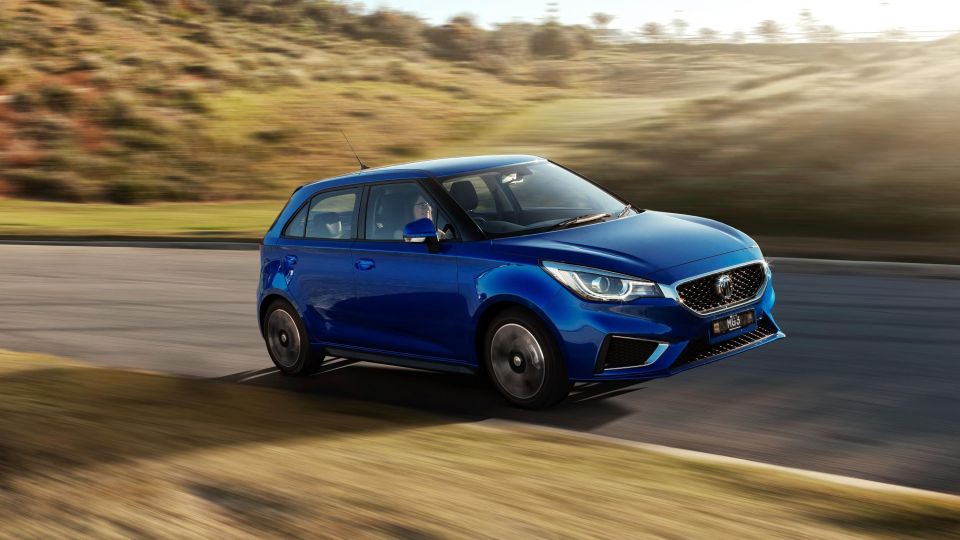

News Editor
You don’t need an ANCAP rating to sell a new car in Australia.
While all new cars have to meet Australian Design Rules, testing by the independent safety authority is voluntary.
Typically, automakers will be eager to get their vehicles tested so they can flash those five stars to new car buyers, while ANCAP is eager to test vehicles at or very close to their launch date.
ANCAP and its European counterpart, Euro NCAP, harmonised their testing protocols in 2018.
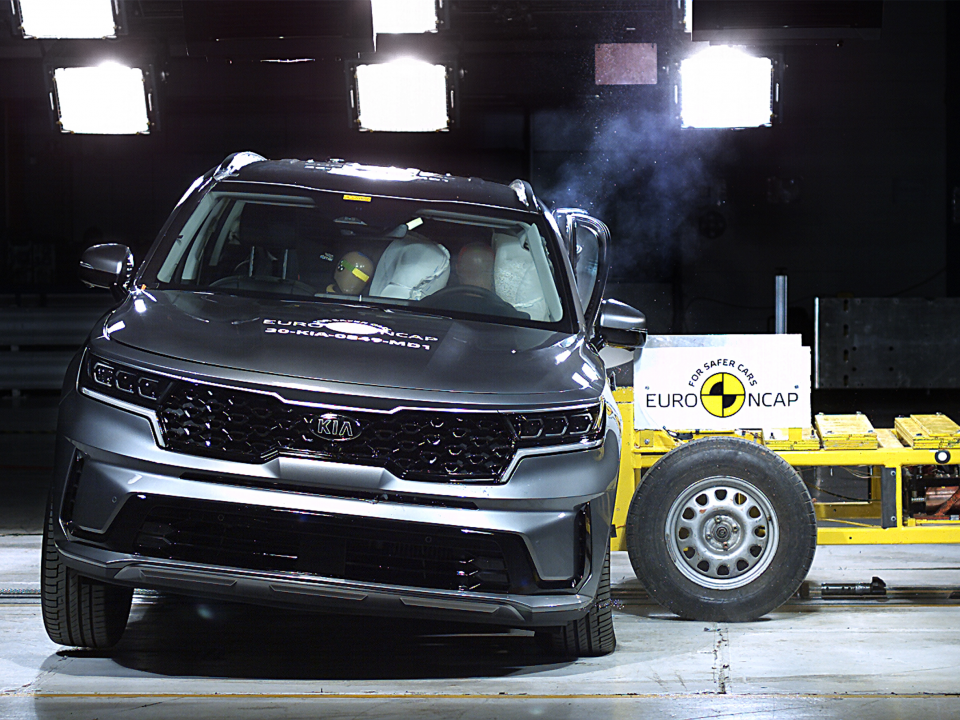
If Euro NCAP has already tested a vehicle, manufacturers can provide technical data and show the car’s specifications are the same here as in Europe. ANCAP can in turn assess this and apply the same rating.
The European rating mightn’t be able to be applied due to specification differences in the Australian-market version.
An example is the Kia Sorento V6, which for now remains unrated by ANCAP despite its diesel counterpart boasting a five-star rating based on Euro NCAP testing.
The likes of the Porsche 911 and essentially anything exotic are rarely tested by ANCAP or Euro NCAP.
But sometimes, more mainstream vehicles are sold in Australia without a rating from either organisation.
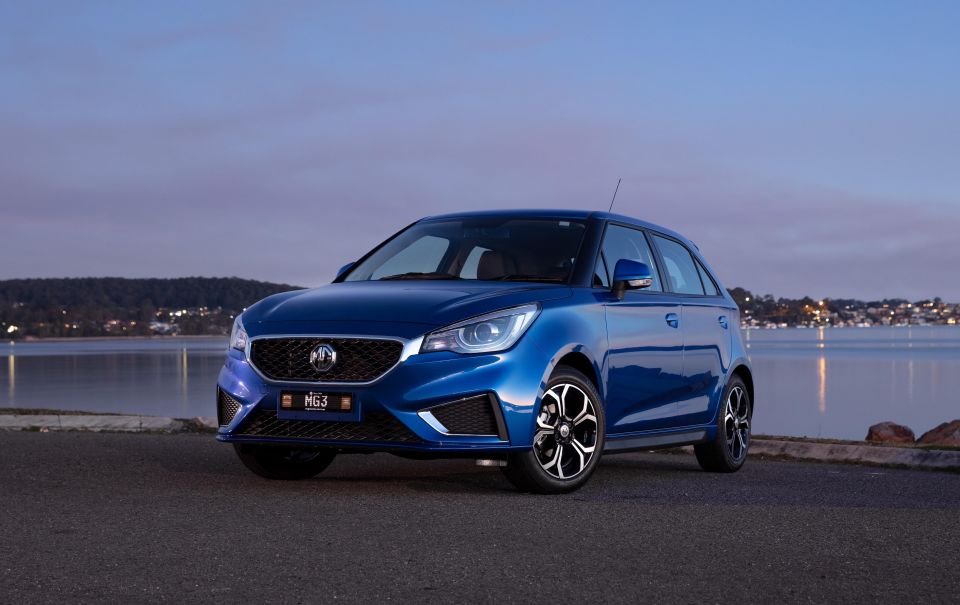
The MG 3 was Australia’s best-selling light car in 2020. While it looks fresh, it’s an old design.
First introduced in overseas markets in 2011, it was tested by Euro NCAP in 2014 before the organisation and its Australian counterpart harmonised their testing protocols.
That means the so-so three-star Euro NCAP rating hasn’t been applied by ANCAP locally. The MG 3 lacks any kind of active safety technology like autonomous emergency braking which, as we saw with the Mitsubishi Express, can lead to a devastating ANCAP score.
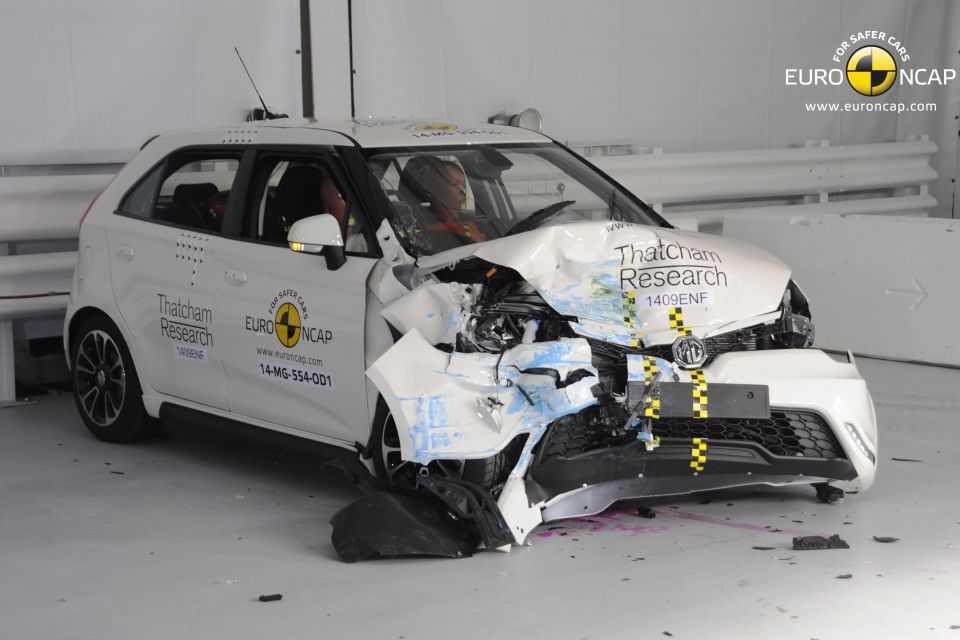
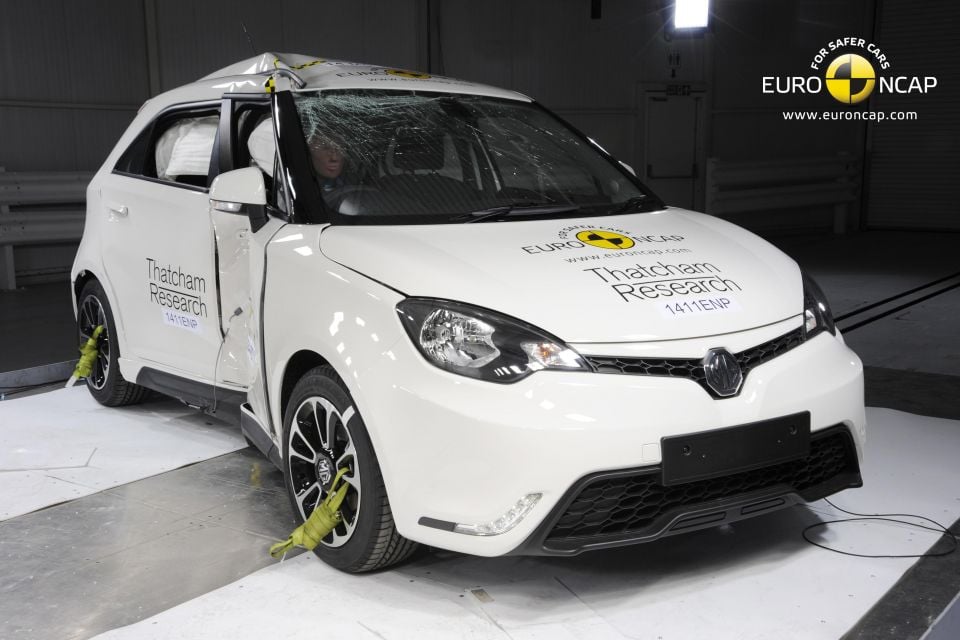
“The MG3 was well regarded by Euro NCAP for its occupant protection and six airbags when it was originally tested,” said a spokesperson for MG Motor Australia.
“There are currently no plans to retest this vehicle.”
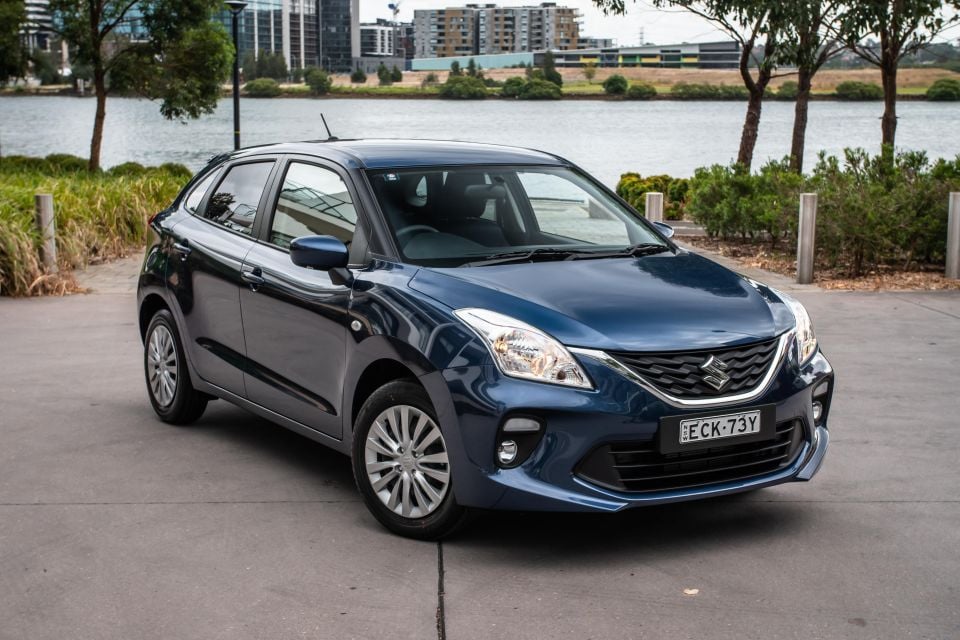
The Baleno nameplate returned to Australia in 2016 on a light hatchback. That year, it was tested by Euro NCAP and received two separate ratings.
A three-star rating was applied to models with standard safety equipment, while a five-star rating was given to those with the optional Safety Pack.
When the Baleno was still sold in Europe, that option package added autonomous emergency braking. However, no Baleno currently sold in Australia offers AEB.
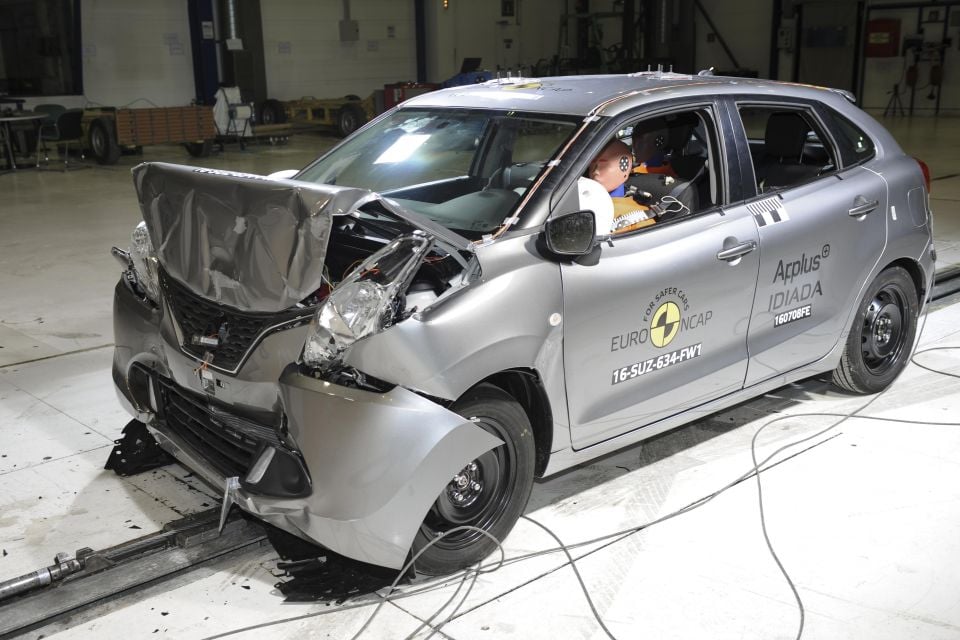
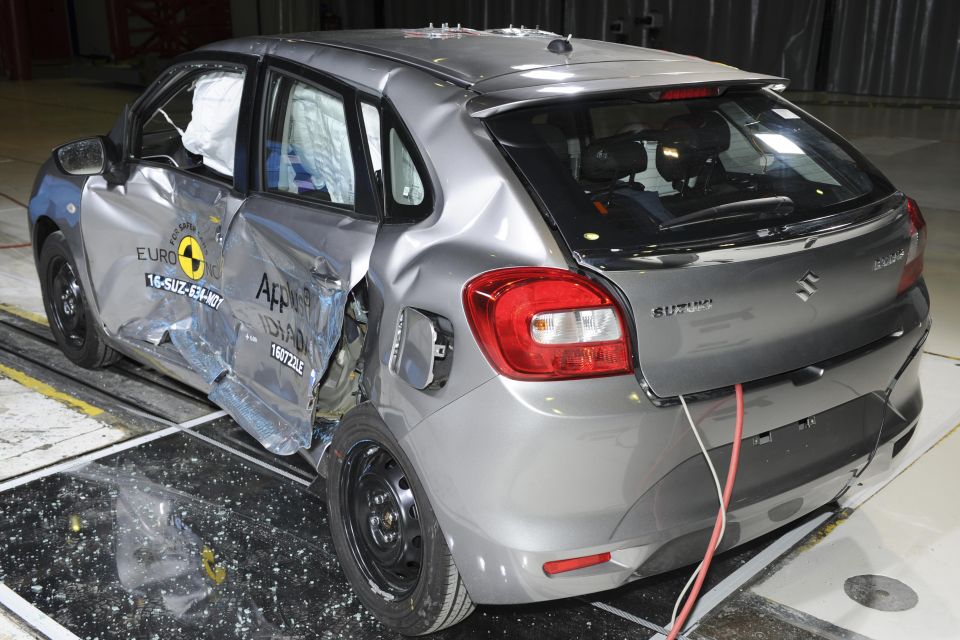
There are no plans for the Baleno to be retested locally.
“Ignis and Baleno are well into their Series II and are approaching the end of their lifecycles,” said a spokesperson from Suzuki Australia.
“If we were introducing new vehicles, they would be tested by ANCAP or Euro NCAP.”
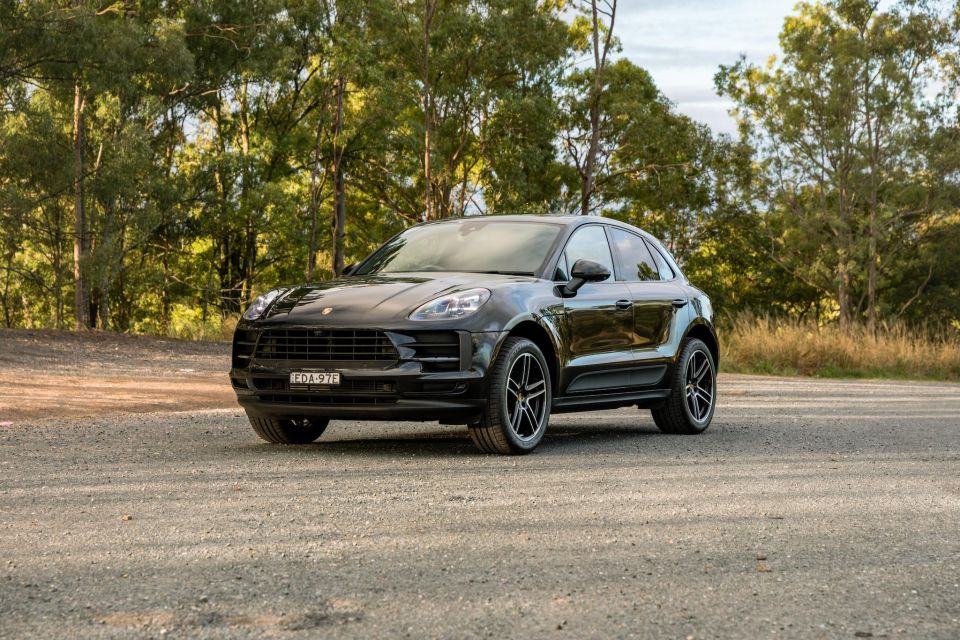
The Porsche Macan is another vehicle with an older Euro NCAP score and therefore no ANCAP score.
The European safety authority conducted testing in 2014 on the Macan, awarding it five stars.
Porsche Cars Australia had no comment.
While the Macan is now several years old and a new generation is coming, the existing model will continue to be offered for a few years.
The company is readying a facelift for the current car.
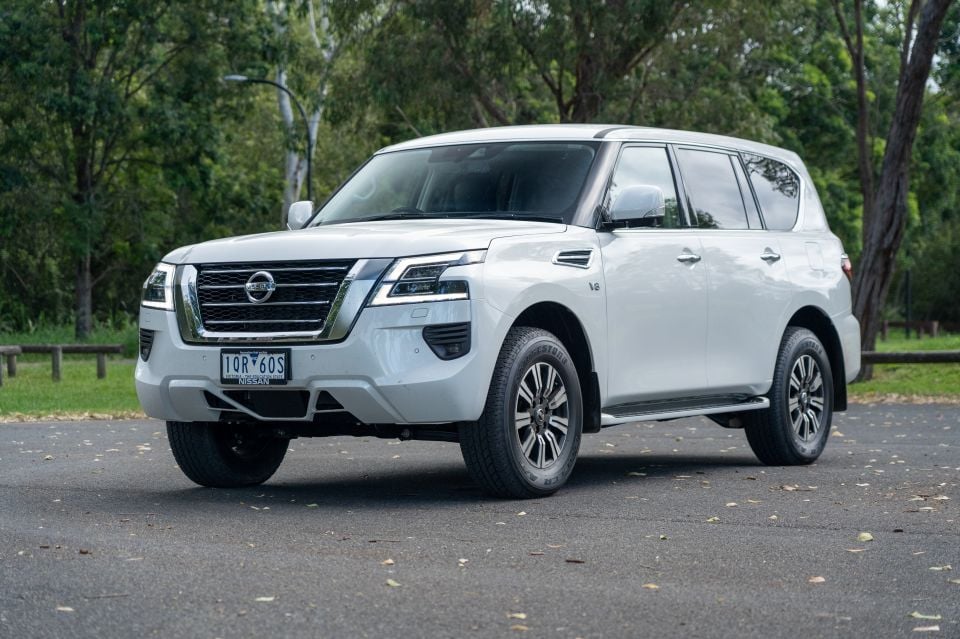
When stacked up against its arch-rival, the Toyota LandCruiser 200 Series, the Nissan Patrol offers a fresher design and a lower price. What it doesn’t offer is a safety rating.
The rival Toyota has a five-star rating, although it dates all the way back to 2011. The Y62-series Patrol, in contrast, has never been tested by ANCAP, while its unavailability in Europe means there’s no Euro NCAP score to use.
“The Nissan Patrol features a significant range of active and passive safety features to protect its passengers,” said a spokesperson from Nissan Australia.
“Due to the high costs involved, a decision was made to not proceed with an ANCAP testing regime for this vehicle.”
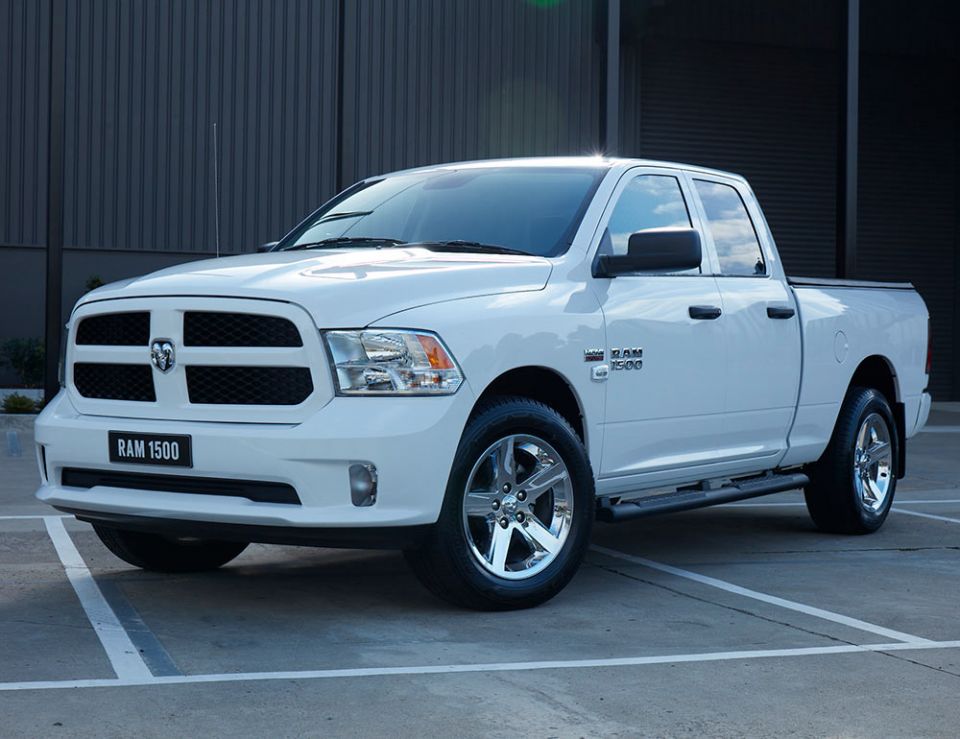
The Ram 1500 is continuing to grow in sales and remains the best-selling American pickup truck in Australia. However, it doesn’t have an ANCAP rating.
Local distributor Ateco didn’t provide comment.
While the US Insurance Institute for Highway Safety (IIHS) follows a different set of testing protocols to ANCAP and Euro NCAP, we can determine from their ratings that the upcoming DT-series Ram 1500 – due here this year – will be a safer vehicle.
The outgoing truck, which will continue to be sold alongside the new vehicle, received Marginal ratings from IIHS for roof strength and for its performance in the small overlap frontal crash test.
The new model, in contrast, received Good ratings and earned a Top Safety Pick award from the organisation.
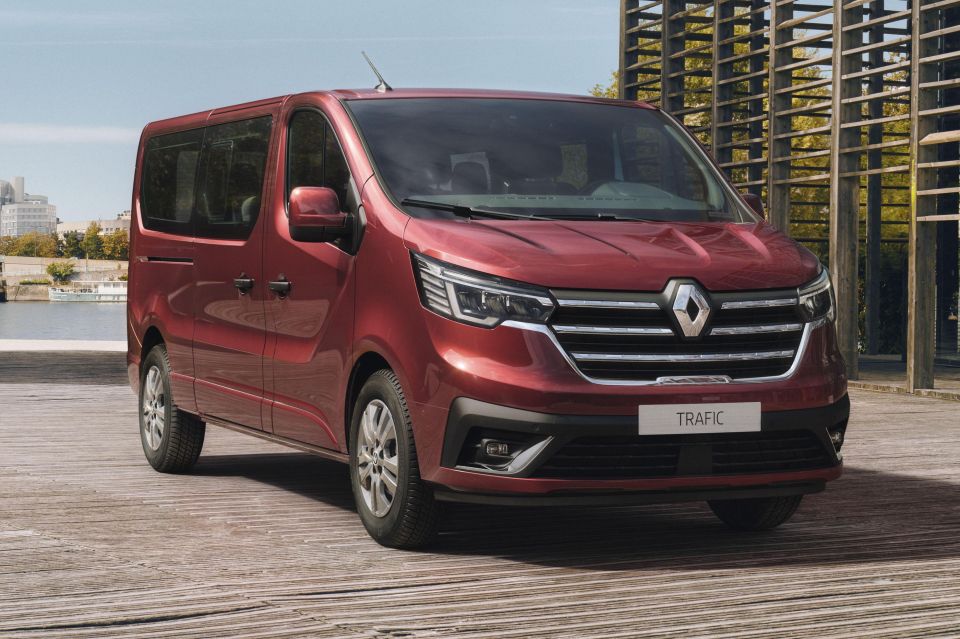
It’s probably safe to say Renault isn’t chomping at the bit to have the Trafic retested by ANCAP following its rebadged twin’s controversial zero-star rating.
The Trafic doesn’t have an ANCAP rating, though Euro NCAP has a three-star rating from 2015 on file for the people mover variant not sold here.
Like the Express, the Trafic doesn’t offer any active safety technology such as autonomous emergency braking.
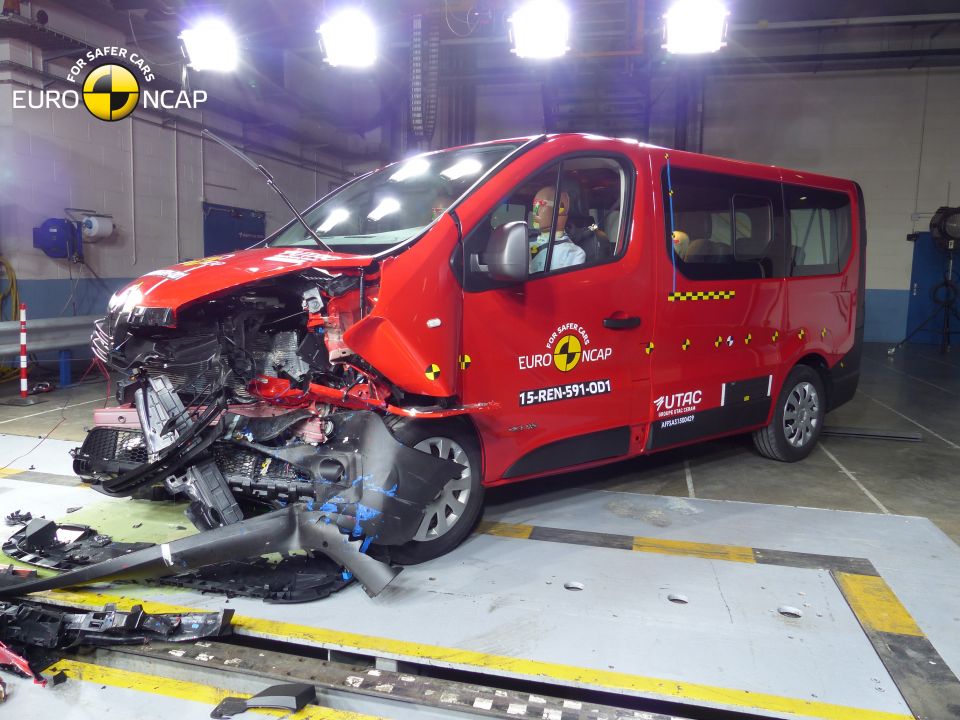
“The Renault Trafic was launched in Australia in 2015 which is before the ANCAP and Euro NCAP testing criteria were fully aligned,” said a spokesperson from Renault Australia.
“In addition the vehicle launched in Australia was different to the European version – the European version was a passenger vehicle while the Australian one was a van with a higher level of standard equipment.
“As such it wasn’t simply a case of transferring the Euro NCAP result to the Australian vehicle.”
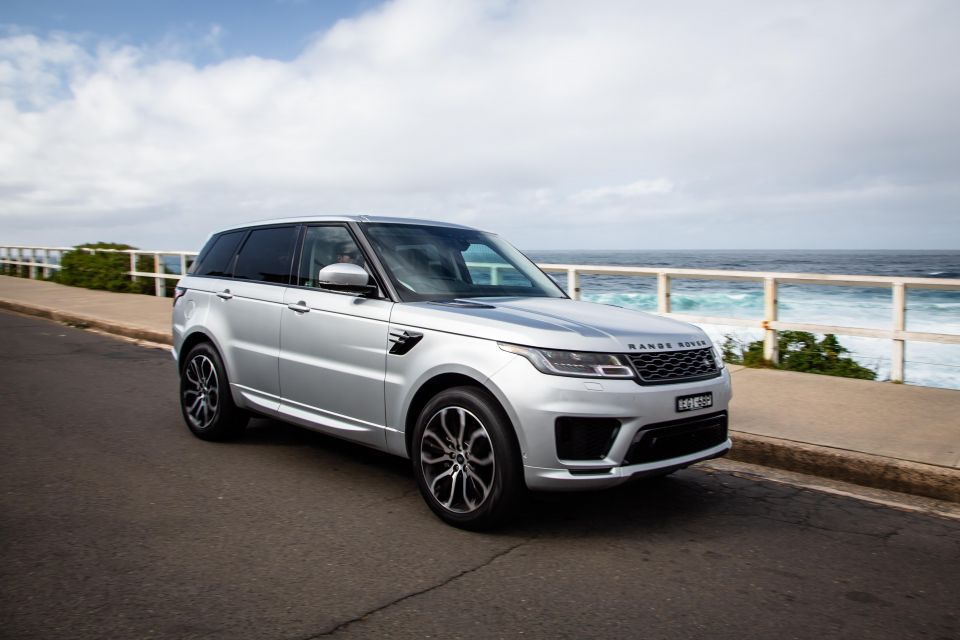
Surprisingly, the Range Rover Sport is the only vehicle in the Land Rover line-up that hasn’t been tested by ANCAP or Euro NCAP.
“The current Range Rover Sport has not been selected for ANCAP or Euro NCAP testing, however its sister vehicle Range Rover was tested and achieved a five star rating when tested in 2012,” said a spokesperson from Jaguar Land Rover.
“All our vehicles are engineered to meet the highest safety standards and all future models will continue to meet the criteria of the relevant standards bodies.”
The lack of a Euro NCAP result also stands out in its class, where everything from the Audi Q8 to the Porsche Cayenne has been tested by the safety authority.
The only rival two-row SUVs to also lack a score are the Maserati Levante and Genesis GV80, though the latter was only introduced last year.
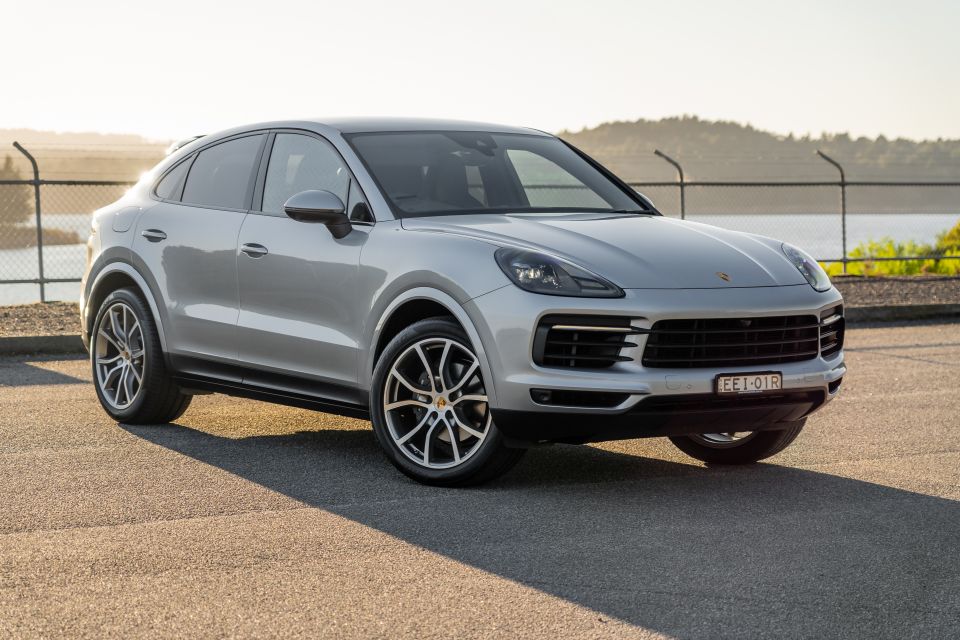
Like its smaller sibling, the Cayenne has a Euro NCAP rating.
Unfortunately for Porsche Australia, that testing was conducted in 2017 and ANCAP doesn’t recognise the result.
Between 2015 and 2017, ANCAP was in a transition period where it used both its own and Euro NCAP policies and protocols to determine safety ratings before the two organisations moved entirely to shared protocols.
Some vehicles tested by Euro NCAP during this period have ratings from ANCAP, however the Cayenne doesn’t.
Porsche Australia had no comment.
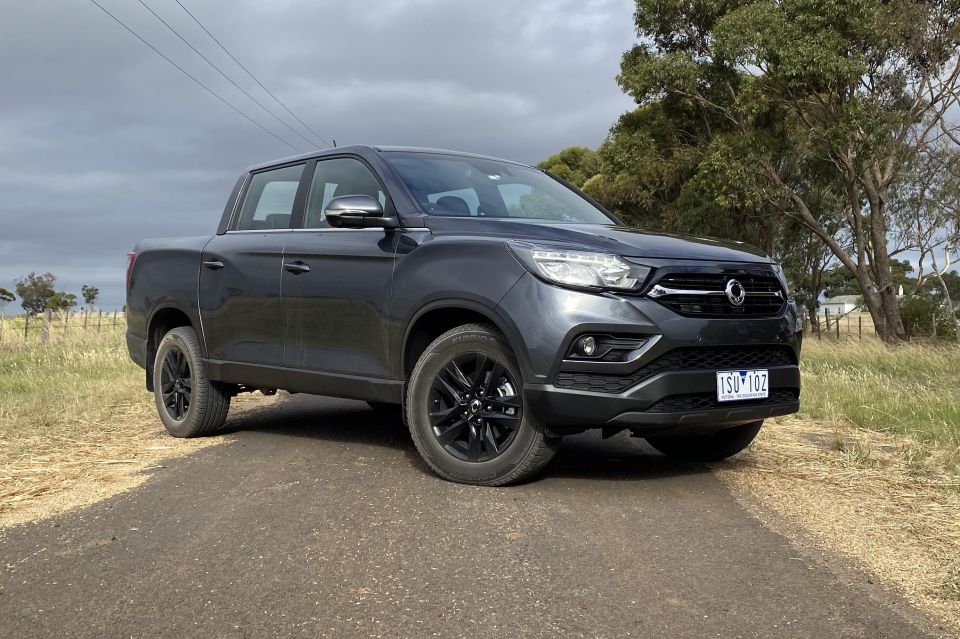
At the opposite end of the ute segment from the Ram 1500 sits the SsangYong Musso. Like the brash American, the Korean Musso hasn’t been tested by ANCAP or Euro NCAP.
That puts the Musso in a unique position, as every single one of its direct rivals has been tested by either safety authority, apart from the recently introduced GWM Ute.
Some of those ANCAP ratings are quite old now – the Volkswagen Amarok was assessed a decade ago – but the Musso has no rating to speak of. Of SsangYong’s current line-up, only the Korando has an ANCAP rating.
“Since its re-launch as a factory-backed operation in November 2018, SsangYong Australia has introduced a product line-up with a comprehensive list of safety elements that fully comply with, and in many areas, exceed ADR national safety standards,” said a spokesperson from SsangYong Australia.
“SsangYong Australia continues to work with ANCAP on future planning and testing with our strategy of bringing the safest possible products to market.”
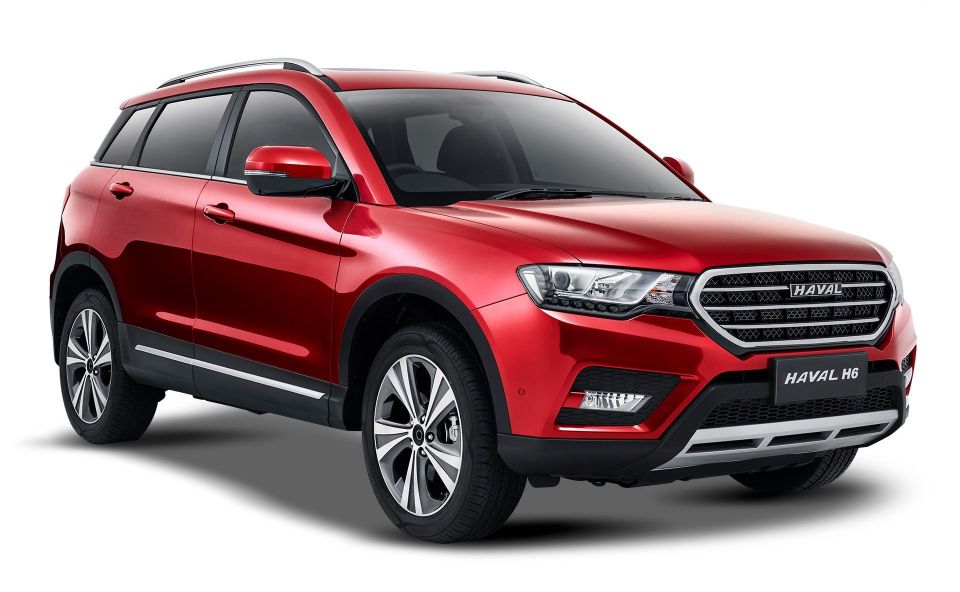
Though it was launched all the way back in 2016, the Haval H6 has never been tested by ANCAP.
That’s surprising given the other two Haval models, the H2 and H9, have run the gauntlet.
It’s highly unlikely the current-generation H6 will be assessed as its replacement is due in the second quarter of this year.
Fortunately, the new model will feature much more in the way of active safety equipment, including autonomous emergency braking, lane-keeping assist and blind-spot monitoring. The current car only has blind-spot monitoring.
We’ve contacted GWM Australia for comment.

While Euro NCAP tested the preceding T5 generation of Transporter and its people carrier siblings, it hasn’t tested the T6. With a new T7 generation set to debut next year, it appears unlikely it’ll test the current model.
Volkswagen believes the T6, being an evolution of the T5, would carry over that generation’s five-star Euro NCAP rating.
“While ANCAP accrues much publicity from crashing obsolete or third world vehicles, for European importers ANCAP is all but superfluous,” said a spokesperson from Volkswagen Group Australia.
“It is perhaps not generally realised that ANCAP does not crash test our cars. As it knows, there is no need because Euro NCAP’s crash tests are the global benchmark.”
“ANCAP’s inspectors conduct a perfunctory examination and drive of our vehicles, subsequently bestowing its own star rating. This does not differ from the grading of Euro NCAP, whose data ANCAP re-publishes on its website.”

Introduced in late 2018, BMW’s largest vehicle still hasn’t been tested by ANCAP or Euro NCAP, or American safety authorities like IIHS and NHTSA for that matter.
The X7 shares its platform with the X5, which does have a five-star ANCAP rating. It’s a similar story with the next vehicle on our list.
We’ve contacted BMW Australia for comment.
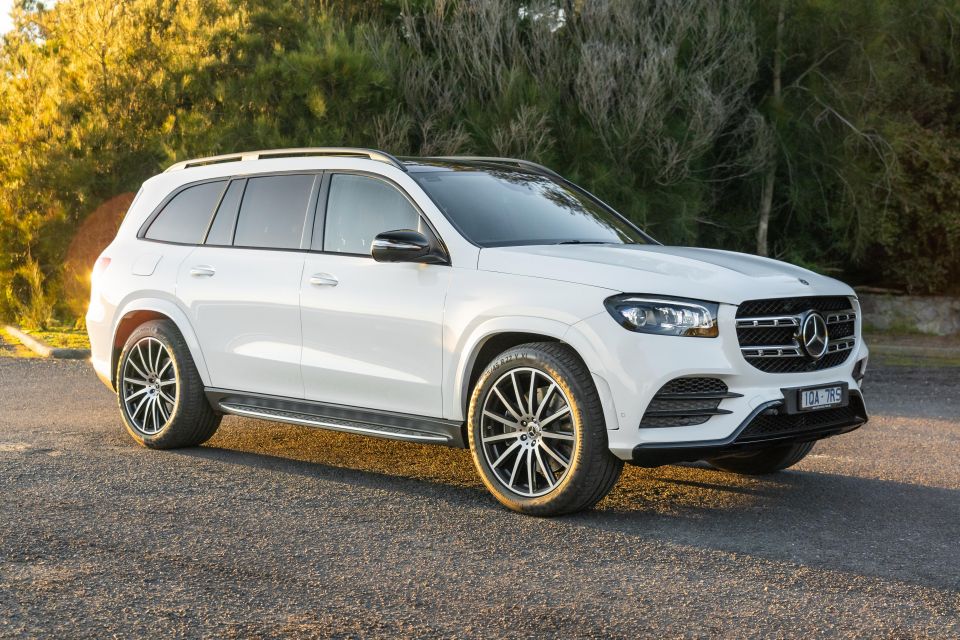
While the related Mercedes-Benz GLE has a five-star rating from ANCAP based on testing conducted in 2019, the larger, three-row GLS has yet to be rated.
“At this stage we have no plans to supply GLS vehicles for crash testing locally. Of course, ANCAP could choose to source and test the vehicle independently if it wishes,” said a spokesperson from Mercedes-Benz Australia.

The same story applies for the Ignis as it does for the bigger Baleno.
In short, it was tested by Euro NCAP prior to the two authorities’ harmonisation of ratings, which means ANCAP doesn’t automatically apply its European counterpart’s scores.
Likewise, as it was launched back in 2017 and has already been facelifted, it’s now in the second half of its life and there are no plans for Suzuki Australia to have it reassessed by ANCAP.
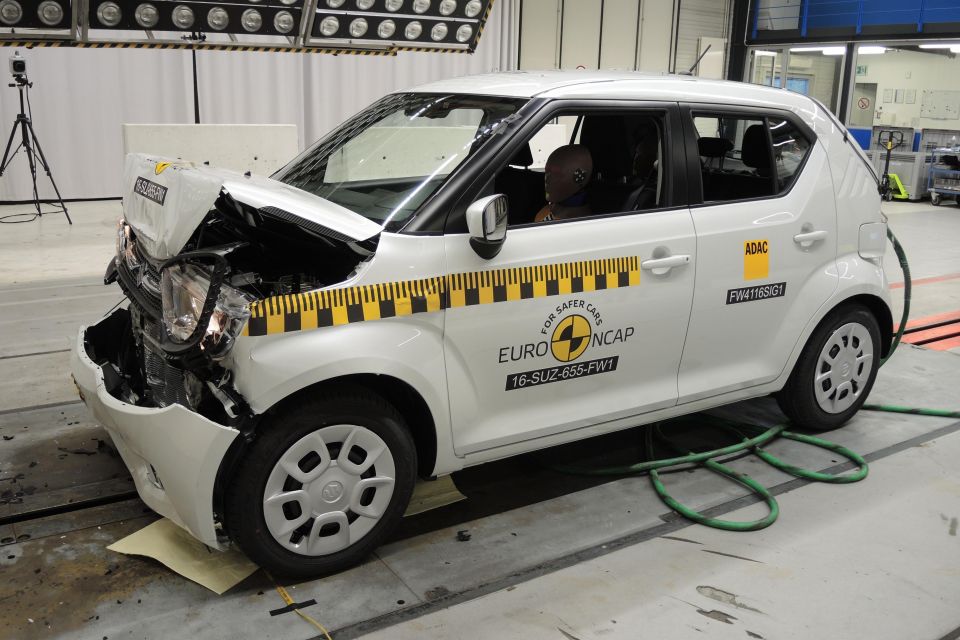
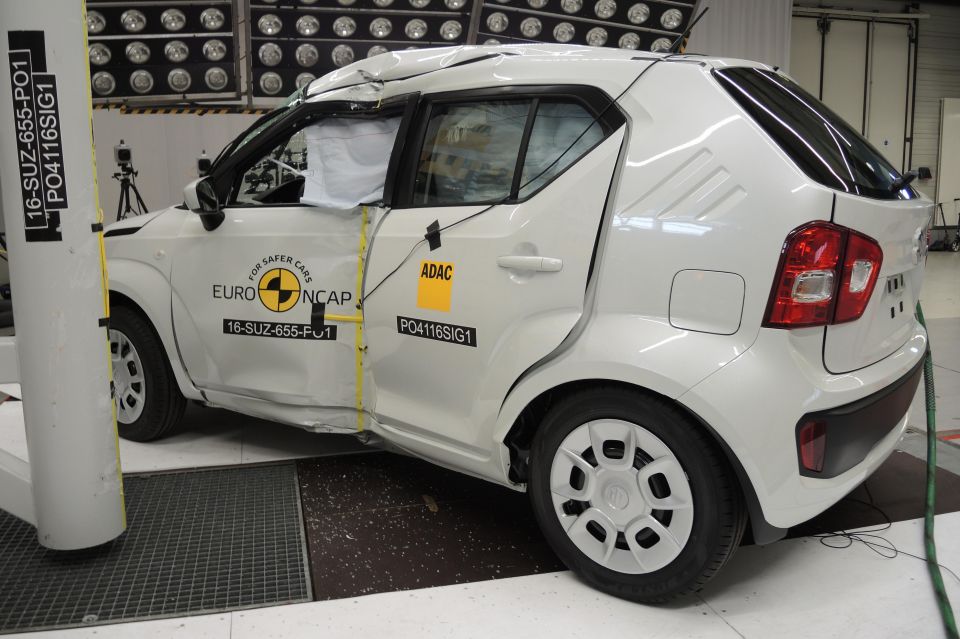
As with the Baleno, it received dual scores from Euro NCAP: three stars with standard safety equipment and five stars for models with the Safety Pack that added autonomous emergency braking and lane-keeping assist.
Suzuki doesn’t offer either of those active safety features on the Australian-market Ignis, though it offers the expected front, front-side and curtain airbags.
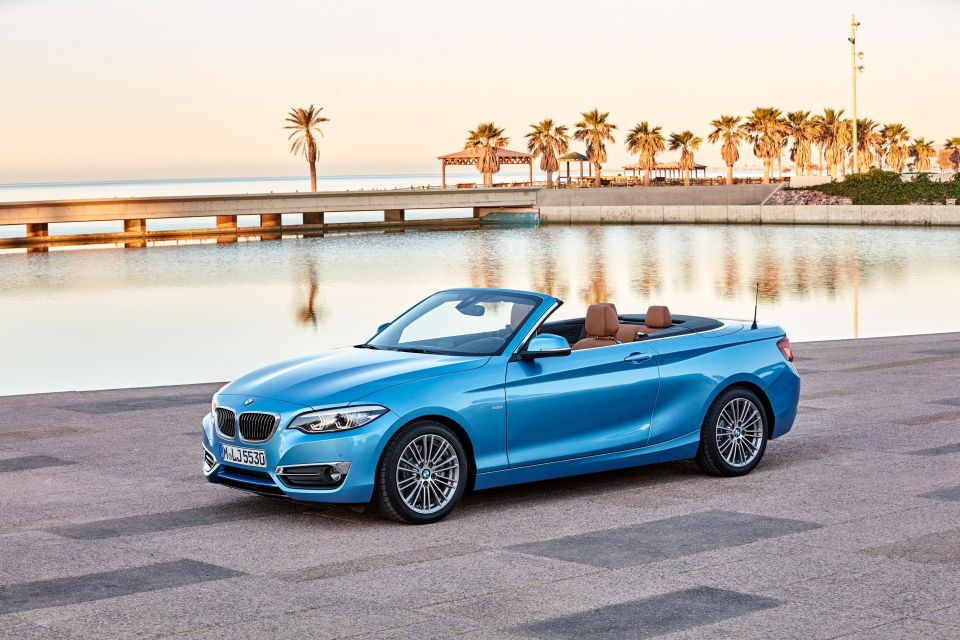
Like the Haval H6 and Volkswagen Transporter, we know a replacement for the BMW 2 Series coupe and convertible is imminent and therefore it’s highly unlikely an ANCAP or Euro NCAP score is forthcoming.
The mechanically unrelated BMW 2 Series Gran Coupe, however, does have a five-star rating from ANCAP.
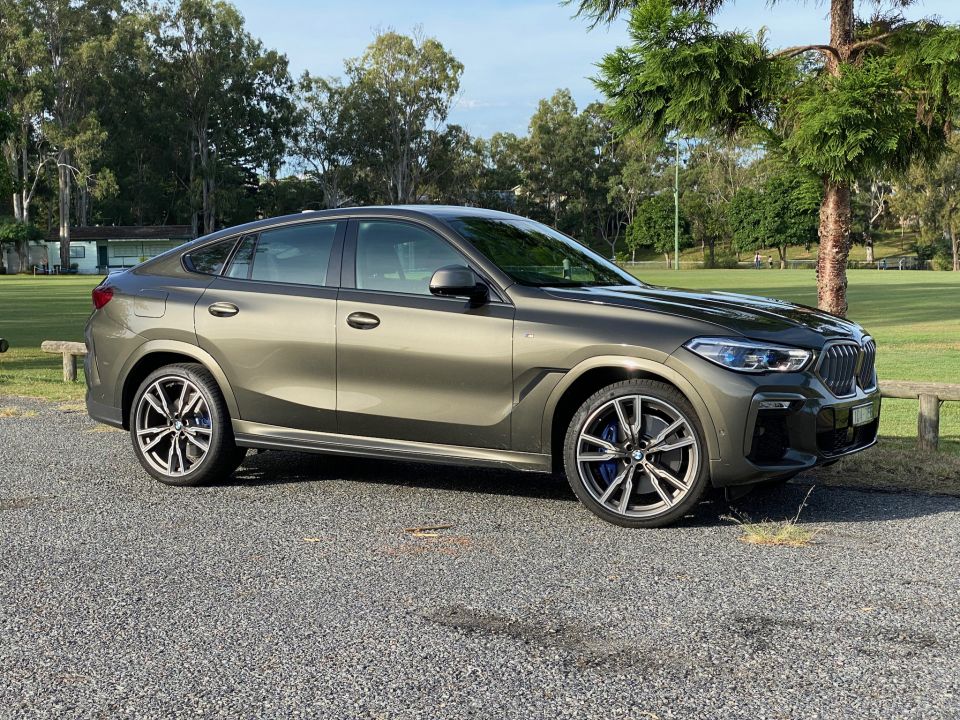
While the related BMW X5 has a five-star ANCAP rating, it’s the highest-numbered BMW to be rated by the authority. The related X6 and X7 remain unrated.

In some cases, ANCAP will apply a rating to a related vehicle even if it hasn’t been tested specifically.
For example, the Jeep Gladiator’s ANCAP rating is based on testing conducted of its Wrangler sibling.
Given the Rexton’s close relation to the Musso (it spawned the ute), it’s possible a rating could be carried over between the two.
However, neither vehicle has been tested by ANCAP or Euro NCAP. That’s despite rivals such as the LDV D90 and Haval H9, neither of which are sold in Europe, boasting ANCAP ratings.

While Maserati’s BMW 5 Series rival, the Ghibli, has been assessed by Euro NCAP, its X5-rivalling Levante hasn’t.
That’s despite it being the brand’s best-selling model, outselling the Ghibli by more than two-to-one last year locally and running up similar margins in Europe.
Local distributor Ateco had no comment.

The Hyundai Palisade is the flagship family SUV for the brand, seating seven or eight occupants and giving the brand a large crossover that’s been developed primarily for the US market like the Mazda CX-9 and Nissan Pathfinder.
Though it’s only recorded a small number of sales since its introduction late last year, we expect this to sell in similarly high numbers as the Pathfinder, if not the CX-9, hence its inclusion on this list.
Its US-market focus and outsized dimensions means the Palisade isn’t sold in Europe, so there’s no Euro NCAP result ANCAP can use.
There won’t be an ANCAP rating, either, unless the safety authority buys one for testing as Hyundai Australia has said it won’t be volunteering one.
It has been tested by the US safety authorities, with the NHTSA giving it five stars and the IIHS awarding it a Top Safety Pick.
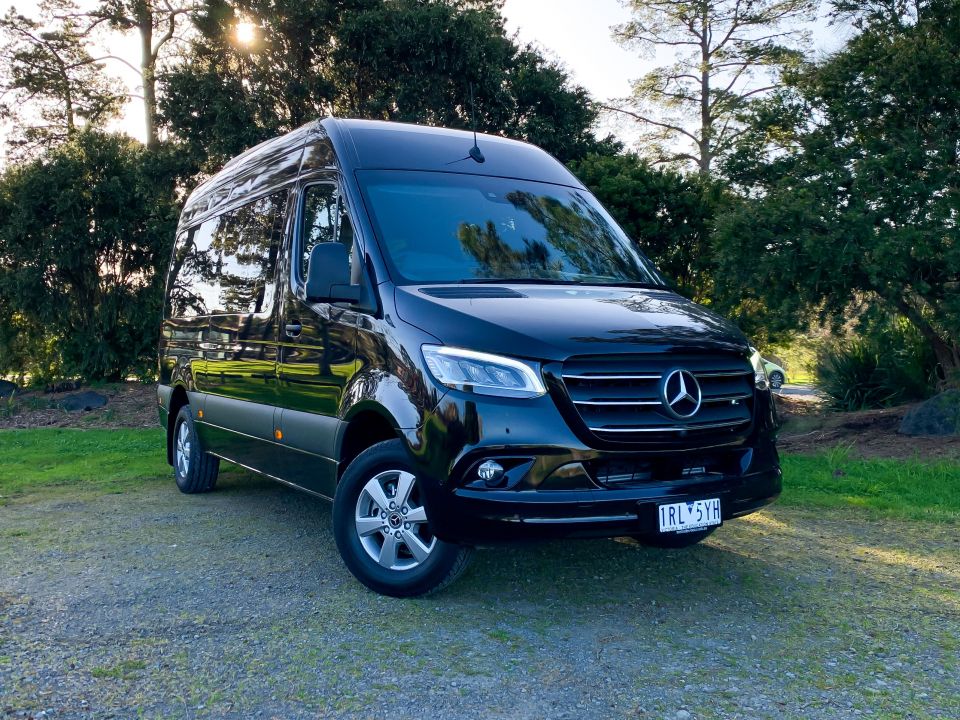
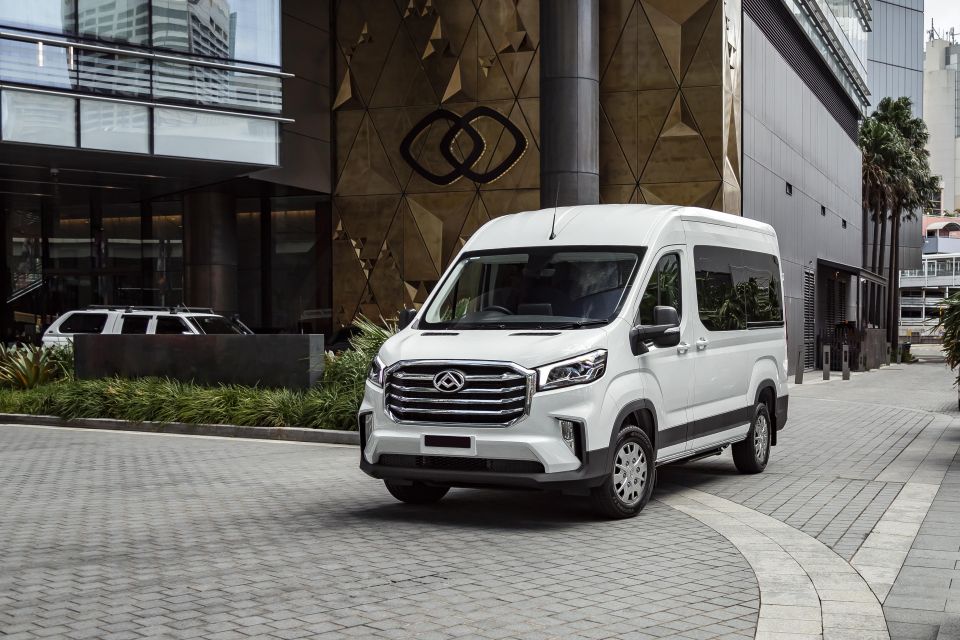
ANCAP and Euro NCAP don’t assess vans larger than the likes of the Toyota HiAce.
That leaves a slate of vehicles untested, including the Fiat Ducato, Ford Transit, LDV Deliver 9, Mercedes-Benz Sprinter, Renault Master and Volkswagen Crafter.
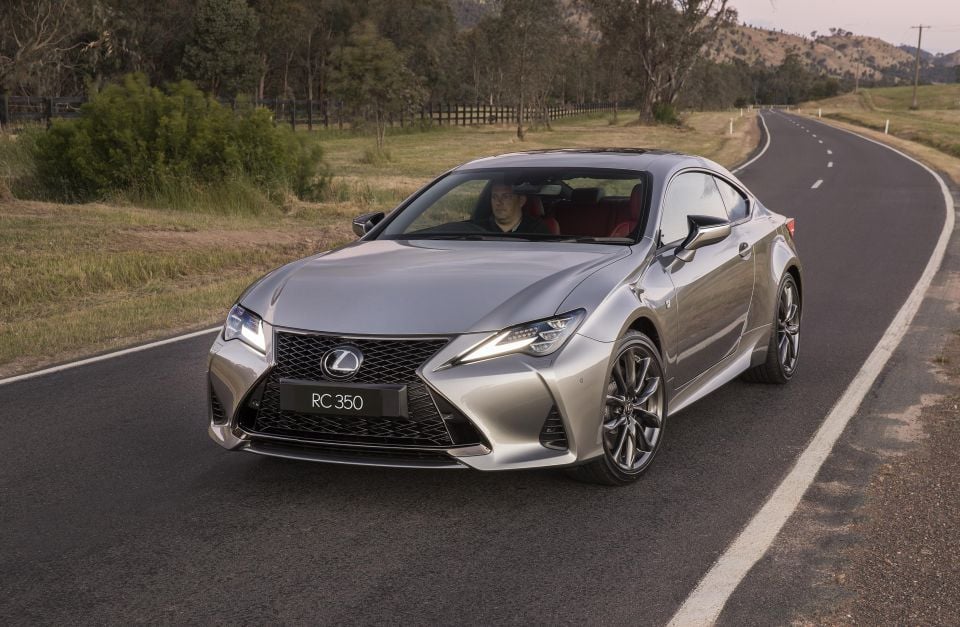

There are also additional passenger vehicles that have no ANCAP rating.
Even setting aside recently-introduced vehicles like the GWM Ute which may be tested soon, there are older models like the Chrysler 300, Citroen C3 Aircross, Ford Fiesta, Honda Accord, Lexus RC and Renault Megane that go without an ANCAP score, though some have an older Euro NCAP score.
ANCAP and Euro NCAP may also choose not to award a rating to an entire model range.
This may occur where a vehicle is significantly differentiated from other variants that it warrants being tested independently.
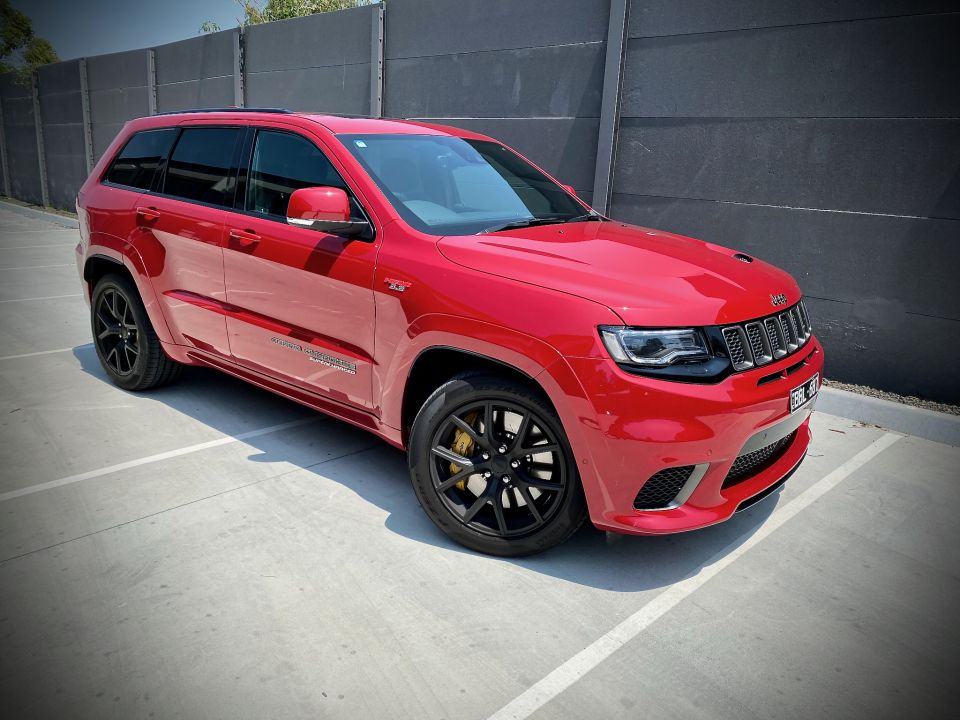
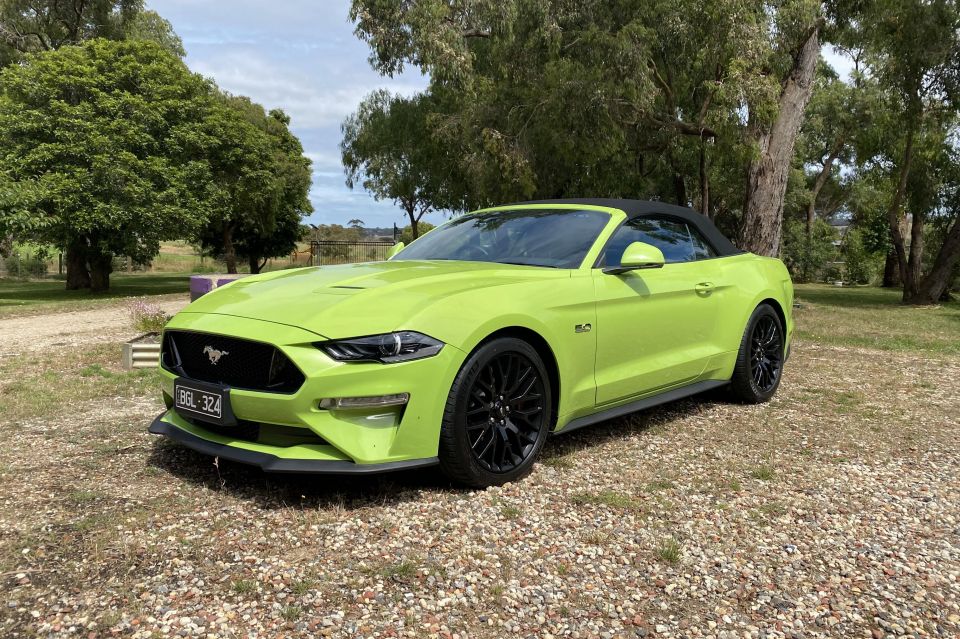
Examples of this include performance variants like the Audi S6 and Honda Civic Type R, as well as convertible versions of the Audi A5, Mini and Ford Mustang.
As in the case of the Kia Sorento, a different engine may also result in ANCAP not applying a rating uniformly across a range.
Examples of this include ratings for the Jeep Grand Cherokee (excludes V8 models), Nissan X-Trail (excludes 2.0-litre diesel), Peugeot 308 and Volvo XC90 (diesels only) and BMW X5 (3.0-litre diesel six models only).
ANCAP testing protocols continue to get more comprehensive. In addition to tougher testing, the organisation also introduced a rating validity period in 2018.
This means cars tested will need to be tested again after six years has elapsed following testing.
In turn, products with traditionally long lifecycles, such as utes and large SUVs, would no longer have ANCAP ratings that could be advertised and would end up on lists like this.
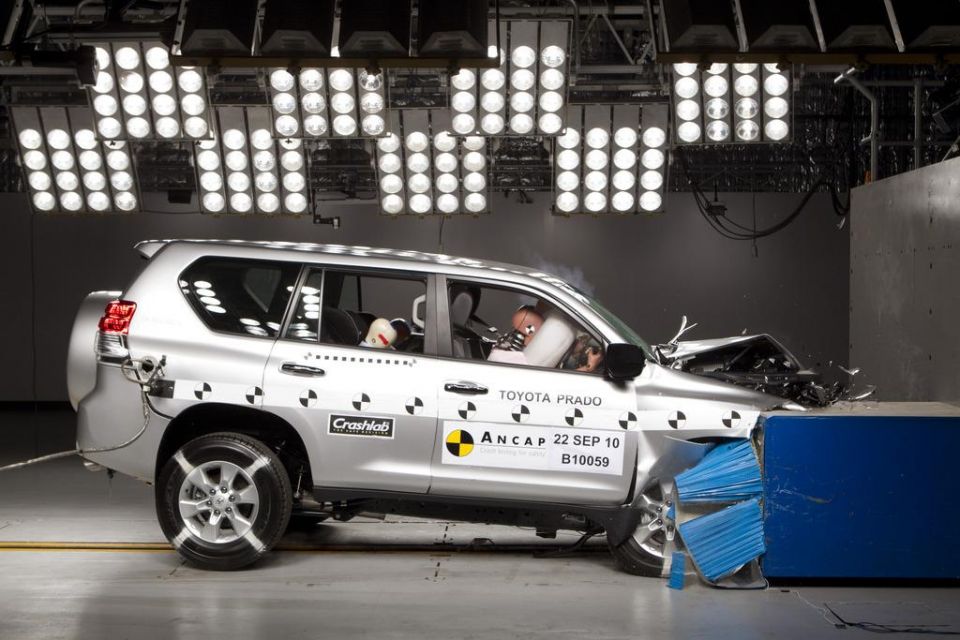
Cars currently on sale that were tested before 2018 have been exempted from this, which allows brands to continue advertising five-star ANCAP ratings for cars tested more than six years ago.
This includes the Volkswagen Amarok and Toyota LandCruiser Prado, which both have 2011 stamps for their five-star safety ratings.
ANCAP says 95 per cent of all vehicles sold in Australia last year were covered by one of their safety ratings, and 92 per cent received five stars.
Nevertheless, it’s entirely possible for automakers to sell a vehicle without an ANCAP rating considering testing is voluntary and the nonprofit doesn’t have bottomless pockets to buy scores of cars.
William Stopford is an automotive journalist based in Brisbane, Australia. William is a Business/Journalism graduate from the Queensland University of Technology who loves to travel, briefly lived in the US, and has a particular interest in the American car industry.


James Wong
5 Days Ago


James Wong
5 Days Ago


Max Davies
4 Days Ago


Josh Nevett
2 Days Ago


Max Davies
2 Days Ago
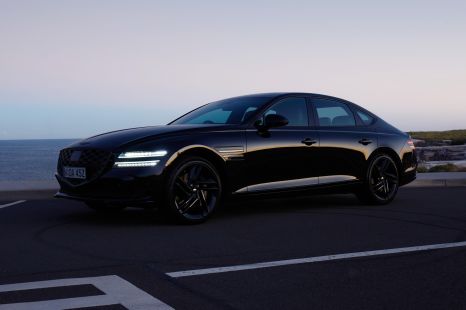

William Stopford
1 Day Ago